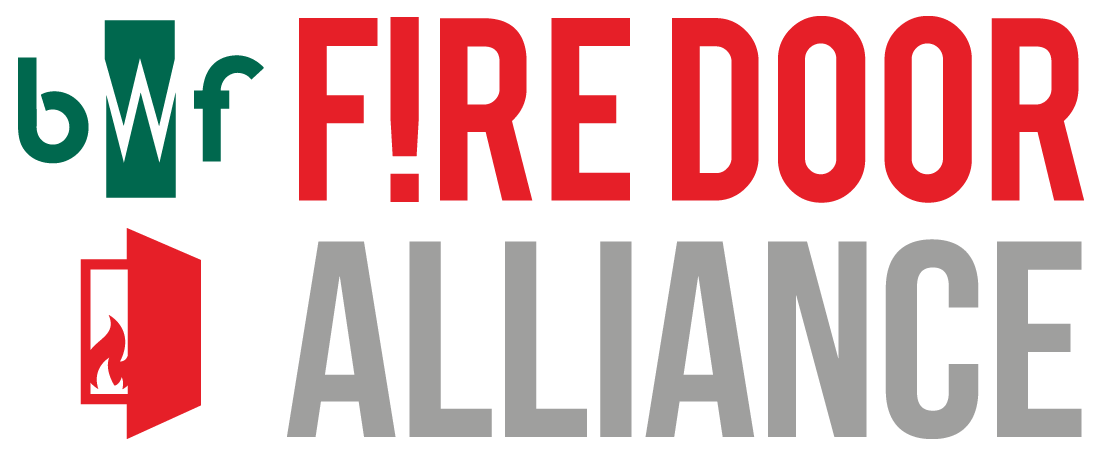Do I need to fit seals on my fire door?
ALL fire doors MUST be fitted with the appropriate seals.
They are designed to expand under heat, and fill the gaps between the door leaf and frame, thereby preventing the passage of smoke and fire to other parts or compartments of the building. Acoustic seals may also be required which have an additional role of preventing the passage of sound.
Intumescent seals may be placed into grooves machined in the two vertical sections and top edge of the door frame. When exposed to heat, intumescent seals expand to many times their original size, sealing the gap between the door and the frame and aiding containment of the fire.
The materials contained in the seals, (such as sodium silicate or graphite), differ between seal manufacturers, and expand at different rates. It’s important to use the same type of seals around the door, when installing or replacing seals.
What about other types of seals, such as Smoke Seals?
You can also obtain combined Intumescent and Smoke Seals. These are designed to provide additional protection to prevent the passage of cold smoke. In some circumstances, smoke seals are a Building Regulation requirement.
Acoustic seals may also be required in certain situations such as in flats, apartments, doctor’s surgeries and schools. These act to provide an additional role to reduce the sound which can travel between the door and frame, or door and floor.
Uninterrupted intumescent strips should be fitted into the frame or lining, where possible. If this cannot be achieved, the intumescent seals may be fitted into the door edge. The recommended seal size for most modern 30 minute doors, other than doorsets, is 15mm X 4mm. The recommended seal size for most modern 60 minute fire doors is 20mm X 4mm, or 2 No. 10mmX4mm.
Intumescent seals MUST be used as recommended by the door leaf manufacturer.
What gaps are required around a door and its frame?
The gap between the door and the frame is extremely important and must be suitable for the intumescent seal fitted.
In general the gap should not exceed 3mm along the 2 long edges and across top of the door leaf.
The gap at the bottom of the door is usually around 10mm* for non-smoke conditions BUT 3mm when smoke seals are required.
* Check the door manufacturer’s instructions
